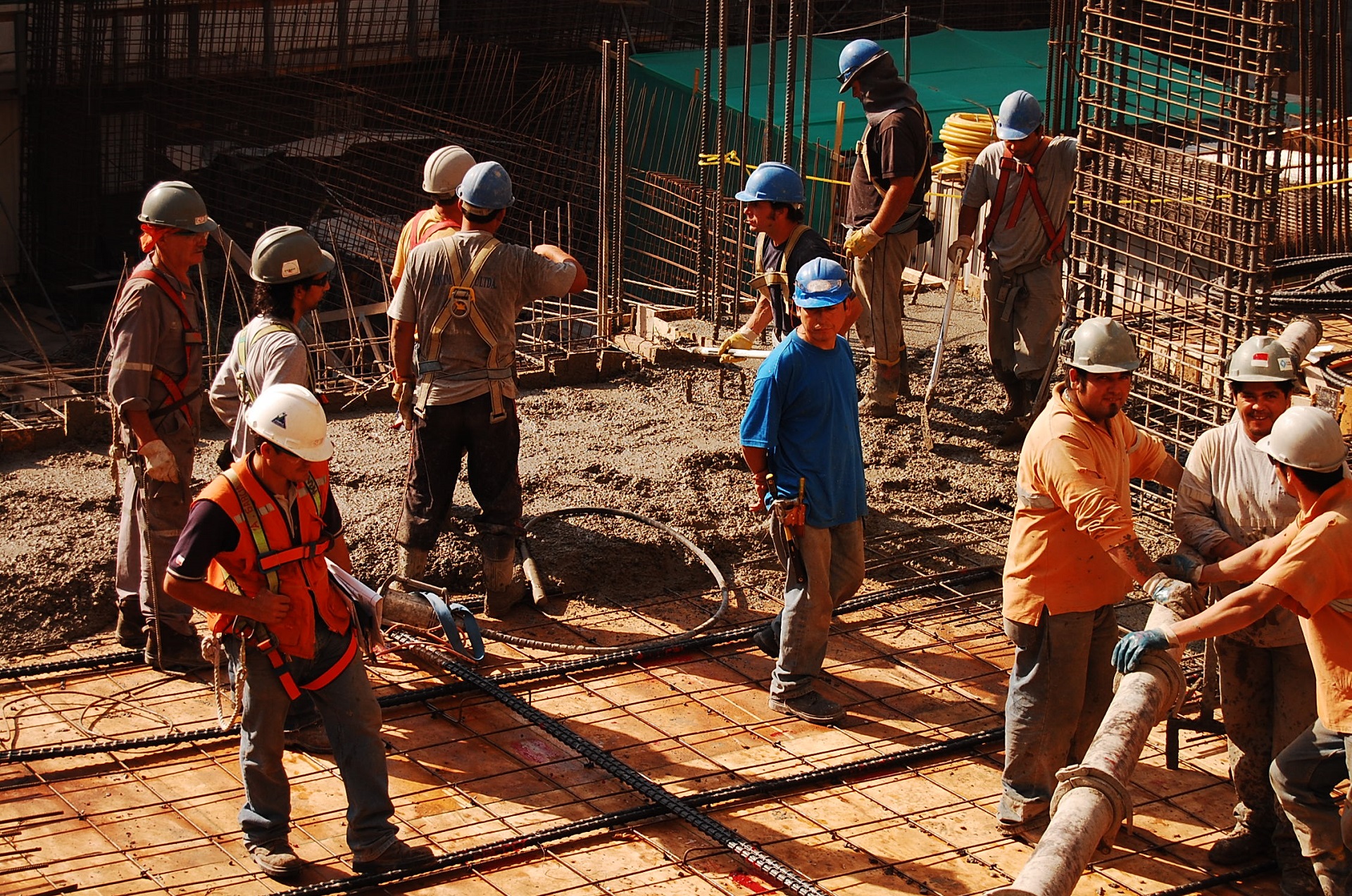Types of concrete jacketing blocks: Depending on the materials used, different types of concrete jacketing blocks are available, namely:
- Cement mortar jacketing block
- Plastic PVC jacketing Block
- aluminum jacketing block
- Steel jacketing block (not preferred unless it is corrosion protected)
- stone jacketing block
- Concrete jacketing in a various structural member
The concrete jacketing around the steel reinforcing bars is necessary to fight corrosion and to give protection against fire. Jacketing thickness varies according to the structural member and environmental conditions.
The minimum thickness required for the rebar jacketing shall be approved from the drawings and details or shall be approved by the building standards in the region.
Concrete jacketing for beams
In his beam with the main longitudinal reinforcement, the jacketing must be not less than 30 mm or not less than the diameter of the largest skewer. Some codes specify 25 mm.
Concrete jacketing for columns
In the shaft with longitudinal reinforcement, the reinforcing sleeve shall not be less than 40 mm or not less than the diameter of the largest skewer. Some codes specify 25 and 30 mm.
In the case where the dimensions of the column are 200 mm, and the diameters of the reinforcement do not exceed 12 mm, a jacketing of 25 mm shall be provided around the reinforcement.
Concrete jacketing for slabs (ceiling)
In the reinforced concrete slab, the concrete jacketing shall is not less than 15 mm or not less than the largest diameter. Practically 20 mm.
Concrete jacketing for bases
For this structural member (bases) where the formwork is directly on the ground, the lower reinforcement jacketing shall be 75 mm. In the case of pouring concrete on a layer of ordinary concrete (the hygiene pour), 50 mm can be adopted.
The concrete jacketing on the concrete surface exposed to weather factors such as the sides of the base, its upper surface, the pedestal, the screeds, and the retaining wall that touches the ground directly after removing the formwork, must not be less than 50 mm.
Concrete jacketing for the table
In the upper period, not the lower screeds, a concrete jacketing should be provided from the bottom 50 to 70 mm if cleanliness is not poured under it. On the sides, 25 mm, while providing bitumen insulation. The top of the concrete jacketing is not less than 20 mm.
Concrete neck jacketing (column neck)
The concrete jacketing of the necks is increased by 25 mm from all sides due to the paramount importance of the column’s necks.
Example:
Column 300 mm x 300 mm and concrete jacketing25 mm. The concrete jacketing shall be 50 mm on all sides. That is, the neck is cast with a section of 350 x 350, provided that the original concrete jacketing is restored on the ground floor.
concrete jacketing for the tank
The concrete jacketing of the tank shall not be less than 40 to 50 mm for the walls and 50 to 70 mm for the base.
Source: wikipedia.org/wiki/Reinforced_concrete
Read More: buildineg.com/public/blog/what-is-a-concrete-jacketing-of-column/

